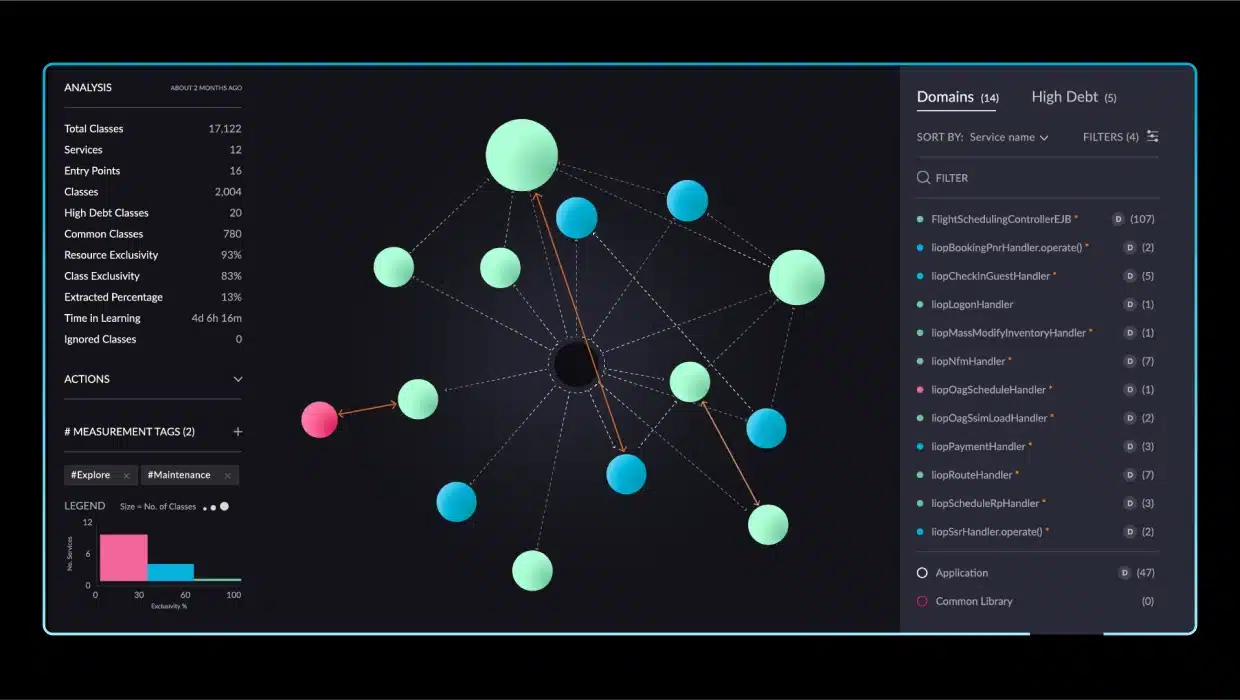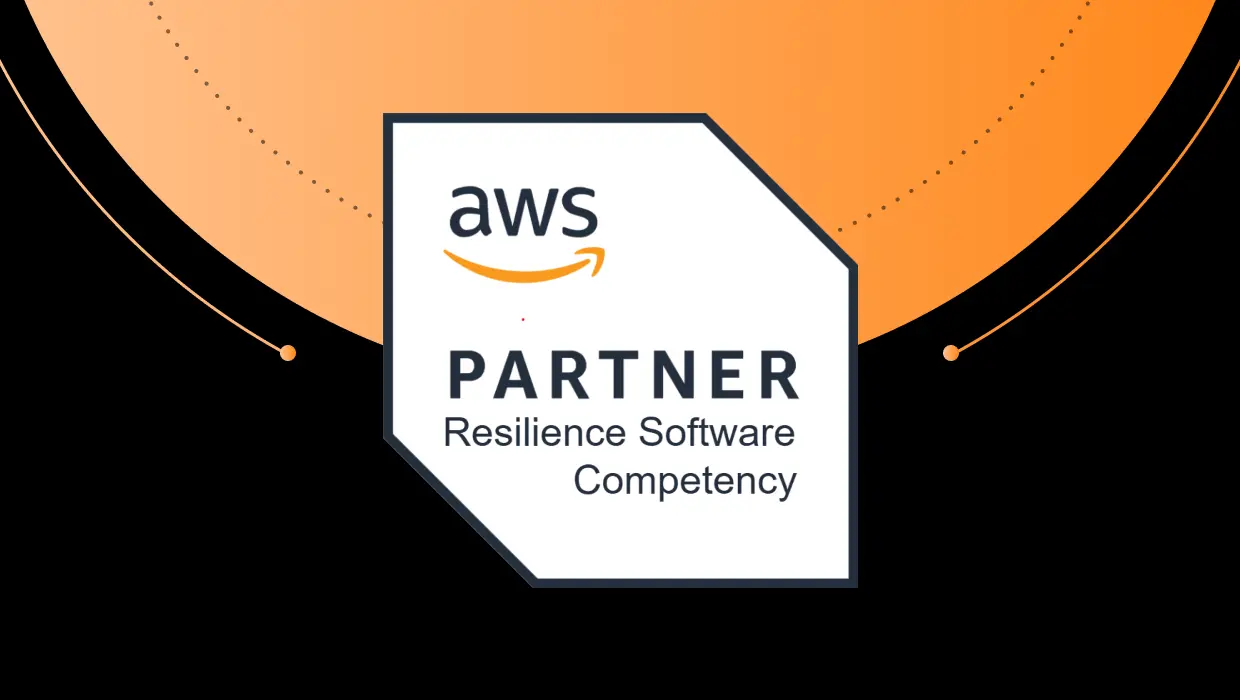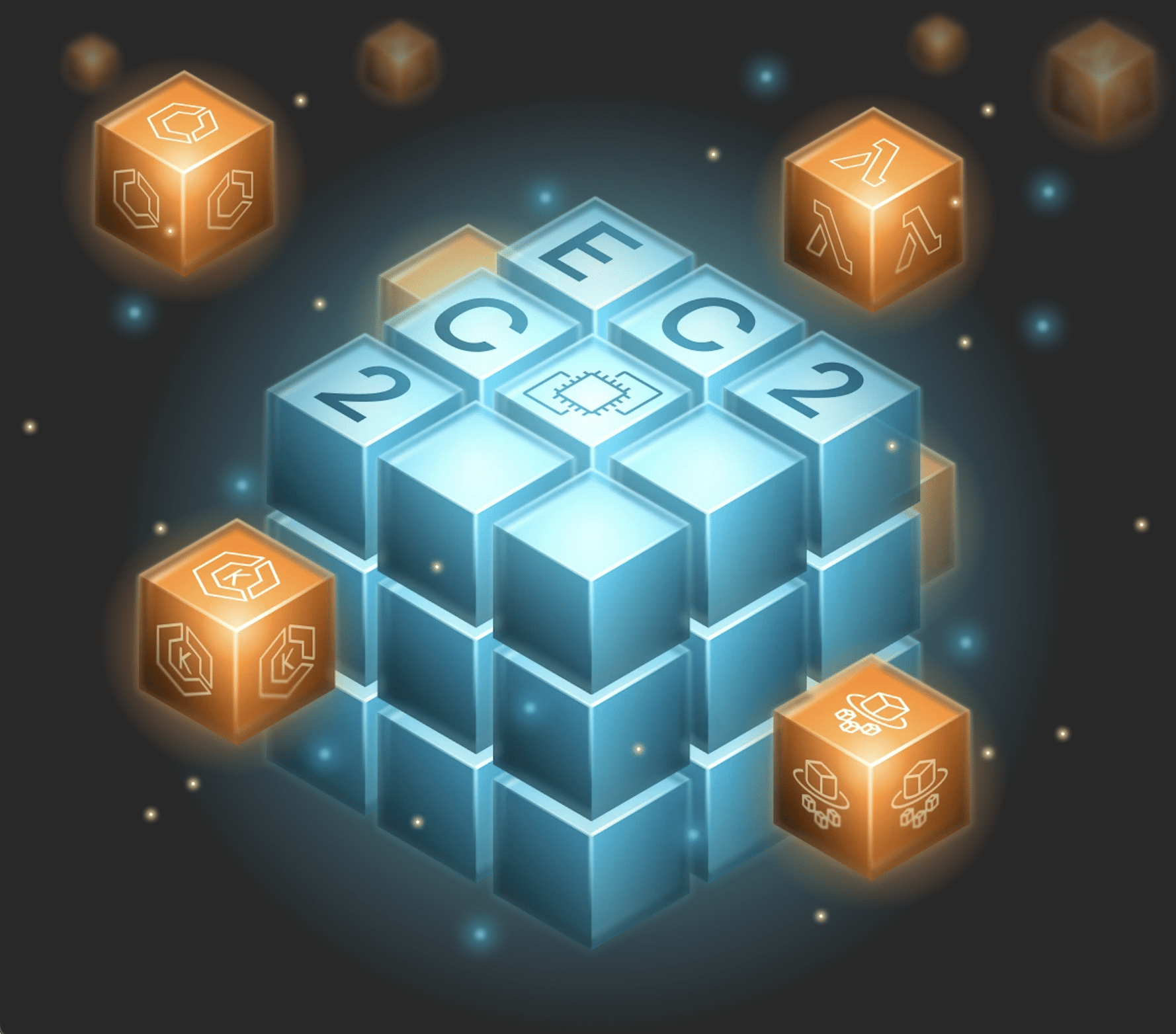As a software architect, your job is to dive into a complex codebase, only to be constantly reminded of the challenges posed by legacy systems or architectural drift from ongoing releases. These systems, which evolve over time, can be overwhelming. And don’t get me started on legacy code, presenting its unique set of challenges. It often restricts innovation due to its complexity and outdated structure. Modernizing and maintaining applications is essential but can seem like an unconquerable task. However, the right tools make transformation not only possible but also manageable and maintainable.
In this blog post, we’ll explore new features from vFunction that support practical strategies for transforming legacy systems and maintaining efficient applications. We’ll focus on the role of architectural events and observability in managing and enhancing these systems while staying sane.
Architectural Observability — a simplified approach to application modernization and maintenance
vFunction Architectural Observability (AO) Platform offers a proactive approach to managing and maintaining software architecture by continuously observing and providing real-time insights into the business logic layer of software applications. The AO Platform captures “architectural events,” such as discovering domains, new common classes, and uncovering dead code; identifies technical debt; and highlights areas for future improvements, giving architects an integrative way to interact with and manage applications. In other words, it defines a set of vital signs to manage and navigate the complexities of software architecture.
By turning architectural events into actionable “TODOs,” vFunction gives architects signposts to guide them on what to address, prioritize, and revise. TODOs make the overwhelming task of modernizing legacy systems or maintaining constantly changing applications become manageable, actionable steps.
New TODOs help architects identify, visualize and share tasks
We are constantly working to empower software architects with more sophisticated ways to tackle the ongoing shifts in software architecture. Several new vFunction TODOs are part of our latest release (Version 3.3), which also includes Microsoft Azure licensing and marketplace integration and analysis improvements.
New TODO for Library Circular Dependency: Identifying and resolving circular dependencies in JARs (Java Archives) and Assemblies is crucial for maintaining the modularity and robustness of applications. This feature simplifies the process by pinpointing these dependencies and providing direct navigation to them. It saves architects time and effort in diagnosing and resolving these complex issues.

Graph View on the TODO Dashboard: The Graph View visually represents TODOs and their interconnections. This visualization aids architects in understanding the relationships and dependencies within the application, allowing for more intuitive management of tasks and architectural improvements.

Export TODOs: This feature allows architects to export TODO lists into PDF and CSV formats. The PDF export is handy for sharing tasks with team members in a universally accessible format and aiding in communication and collaboration. Meanwhile, the CSV format allows for deeper analysis and integration with other project management tools, enabling architects to have a more data-driven approach to task management.
“Save View” on the TODO Dashboard: Customization is essential for efficient workflow. With the “Save View” feature, architects can tailor their TODO dashboard according to their specific needs and preferences. This customization leads to a more organized and focused approach to managing tasks, enabling architects to quickly access the most relevant information and simplify their workflow.
Customer Example — Systematically Updating a File Management System
A notable example of these features in action comes from a customer with an old file management system application. Imagine a very entangled codebase without a clear architectural strategy. After using vFunction to observe and understand their application, the team decided on an architectural plan. The company’s architects utilized TODOs to identify and address areas of concern systematically. This approach led to the stabilization of their different domains, laying the groundwork for extracting services to the cloud in the future. The TODOs helped organize the workflow and provided clear insights into the architecture, facilitating more informed decision-making and a smoother modernization process.
Architectural Observability: An Elegant, Structured Approach to Architecture Management
By utilizing these features, software architects are equipped not just for a single transformative project, but for an ongoing journey of adaptation and improvement. They can effectively tackle the challenges of legacy systems, as well as address ongoing architectural drift with each release. The process starts with clearly defined tasks and progresses through streamlined management and resolution of complex issues. This methodical approach leads to a gradual but significant transformation of the legacy system and a systemic way to address ongoing change and technical debt.
Remember the file management app? We are currently working alongside the same architects to improve the guidance of TODOs and add new architectural events to ease their transition to the cloud.
The right tool makes the challenge of modernizing legacy systems and maintaining streamlined, efficient applications achievable. The latest vFunction TODOs and architectural observability updates are designed to empower you as an architect and hopefully make your journey through software architecture more organized, insightful, and effective — one TODO at a time.
To learn more about how vFunction can help you manage your software architecture more efficiently, request a demo.






